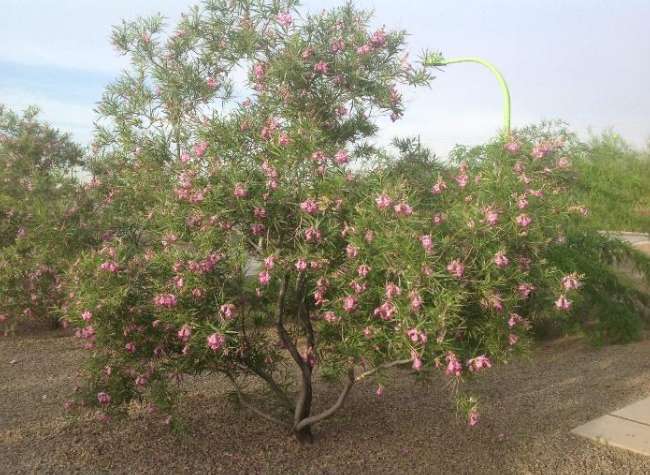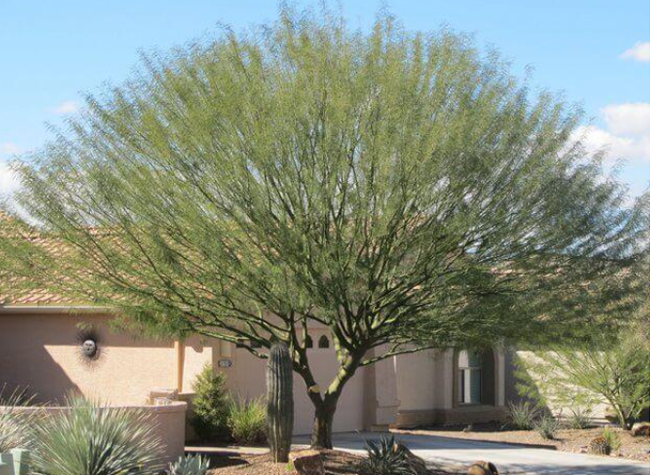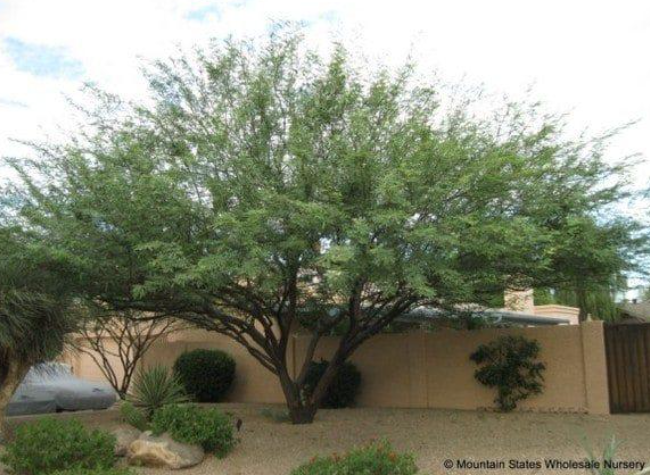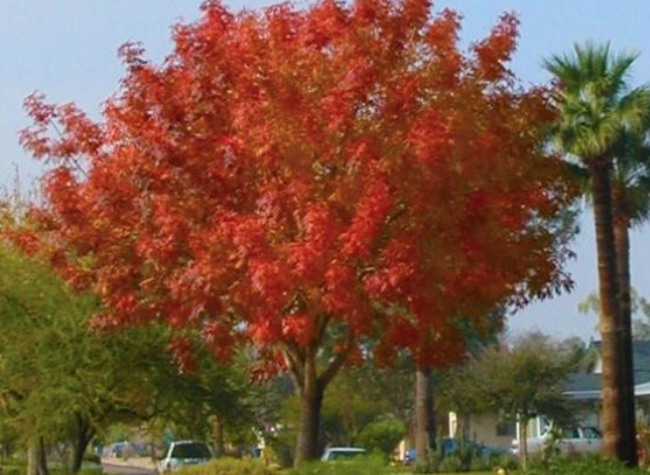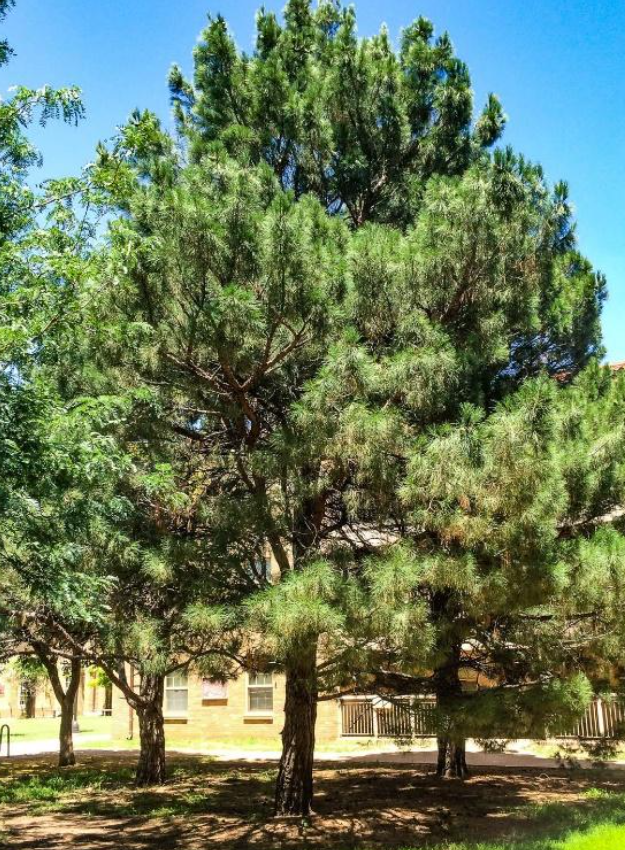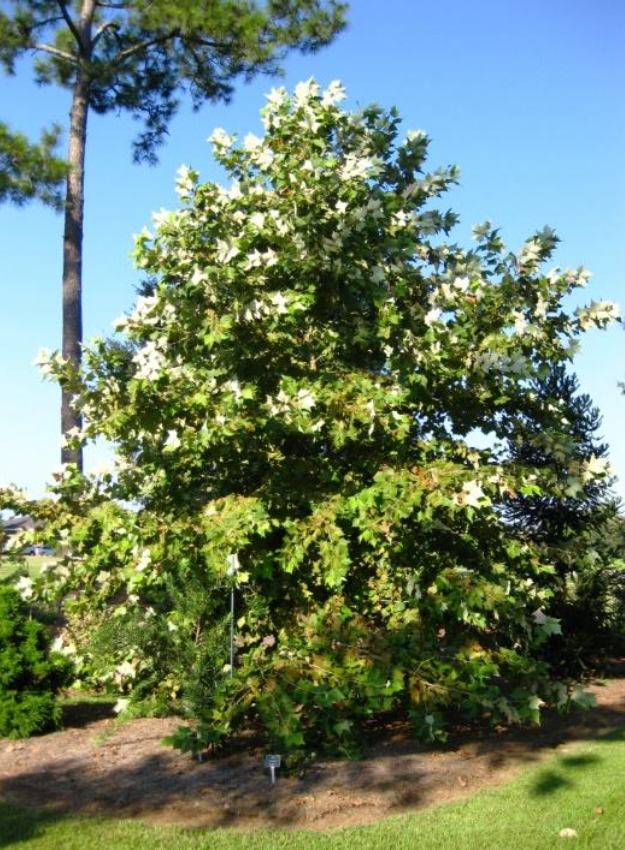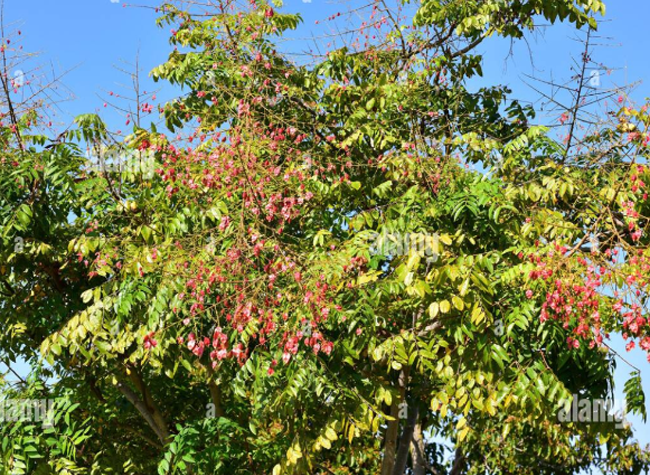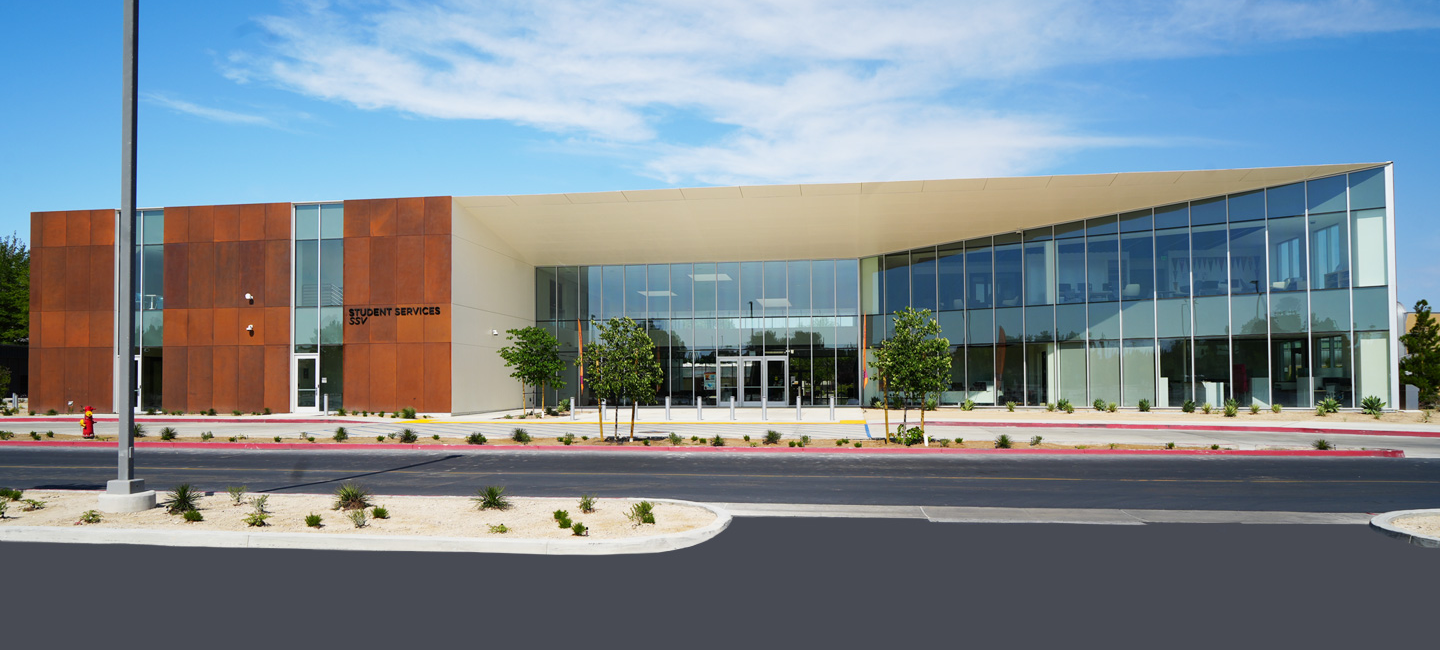
Water use is an important topic due to the existing statewide water regulations and the region's lack of annual rainfall. AVC is currently very conscientious of its water use, however lowering landscape water use even further is an important goal of the FMP.
Water-use is directly tied to the aesthetics of a landscape and clearly defines the landscape typologies we see on the existing AVC campus.
The campus landscape can easily be divided into two types of areas based on water demands; high water use areas and low water use areas.
- The high water use areas can be described as the historic campus core and is characterized by large canopy trees and lawn areas.
- The low water use areas are limited to newly constructed buildings or recent landscape projects that have converted small planting areas into drought tolerant planting areas with decomposed granite.
Furthermore, AVC has engaged a Consultant to progress its drought tolerant landscaping across campus. Rendering of the Design intent is below. Construction is slated to start in the Summer of 2025.
As we complete the various stages of construction, AVC will ensure a comprehensive overview of the grounds is completed so that there is consistency throughout the campus. We want to ensure our campus is mindful of water use and we are cognizant of choosing drought-tolerant options for our landscape.
IMPLEMENTATION
| GENERAL PLANTING | TREE MASTER PLAN |
| • Species selection should encourage drought tolerant materials and the use of California native plants. | • Trees should be installed in a range of container sizes, with the minimum container size of 36” box. |
| • The use of plant species listed as having high/moderate water needs by WUCOLS III should be restricted to limited areas. Areas where high water use plants are tolerated are the sports fields, entry gardens and passive storm water management areas. | • The two primary spines should be planted with a shade tree within the enhanced DG area and a ornamental desert tree on the other side. The recommended species is Mexican Sycamore for the shade tree, and Desert Willow for the ornamental desert tree. |
| • Plants should be preserved and cared for by a staff that is properly trained for the maintenance of California native landscapes. If the current staff is not familiar with native species, maintenance training is recommended. | • The remaining spines should also be planted on a combination of a shade and an ornamental tree. |
| • Plant species should be selected for both their visual, educational, habitat, and maintenance qualities. | • All of the shade trees along the secondary spines will be the same species creating a uniform look across the pedestrian circulation. The recommended canopy species is Arizona Ash. |
| • Mulch should be provided in all planted areas. Mulch can be both organic and inorganic materials such as pebble or cobble. | • In contrast the smaller ornamental species will be unique depending on which spine they are planted along. This will help in campus navigation. The recommended species are Acacia, Mesquite, Palo Verde, and Locust. |
| • Invasive plants listed by the California Invasive Plant Council in Southern California should not be permitted on campus. Existing invasive species found on campus should be managed carefully and/ or removed. | • All Mulberry trees will be removed over a period of time. |
| • Extensive lawn areas should be minimized, with the exception of the area around the Library, planned as the Historic Commons. | • When feasible, existing trees should be saved and remain in place. |
The following trees will be planted around the new Cedar Hall, Mesquite Hall, and Library areas.
